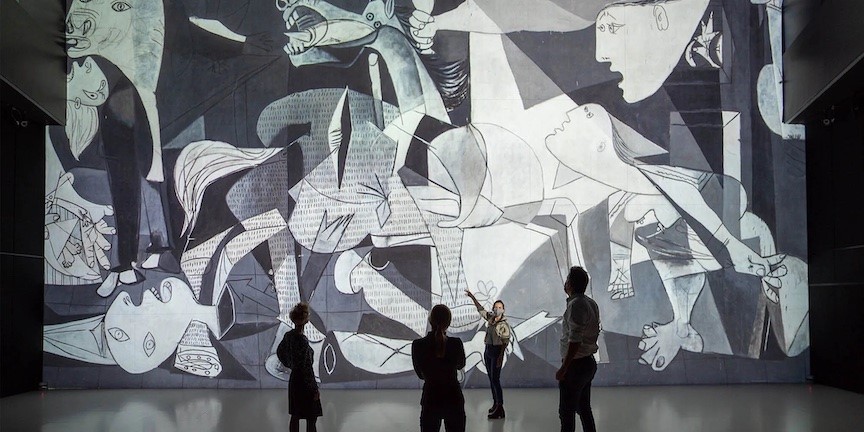

This project takes as its focus the 1937 aerial bombardment of Gernika as a political and artistic event rooted in—and in ongoing dialogue with—colonial violence in the Middle East & North Africa. It connects the 1920s aerial bombardment of civilians in colonial Iraq, Syria, Afghanistan, and Morocco to the fascist assault on Gernika during the Spanish Civil War. In parallel, it documents how officials sought to cover up the bombing, and traces the reception of Picasso’s painting, Guernica, across the colonised East, where it was seized on by artists and activists as a symbol of their own confrontation with European empire. Drawing on government records, press archives, works of art, private papers and oral testimonies from across Europe and the broader MENA region, the project will engage both scholarly and broad public audiences through publications, schools outreach and a website based museum exhibition. Together, these research outputs will document how the attack on Gernika became the fulcrum for a set of momentous transitions in the conduct of war, the politics of art, and the manipulation of news media, whose consequences we’ve been grappling with ever since.
Funder
British Academy (2022/23)
Marie Curie (2023/25)
Team Members
Dr Erin O'Halloran
Dr Dacia Viejo Rose


